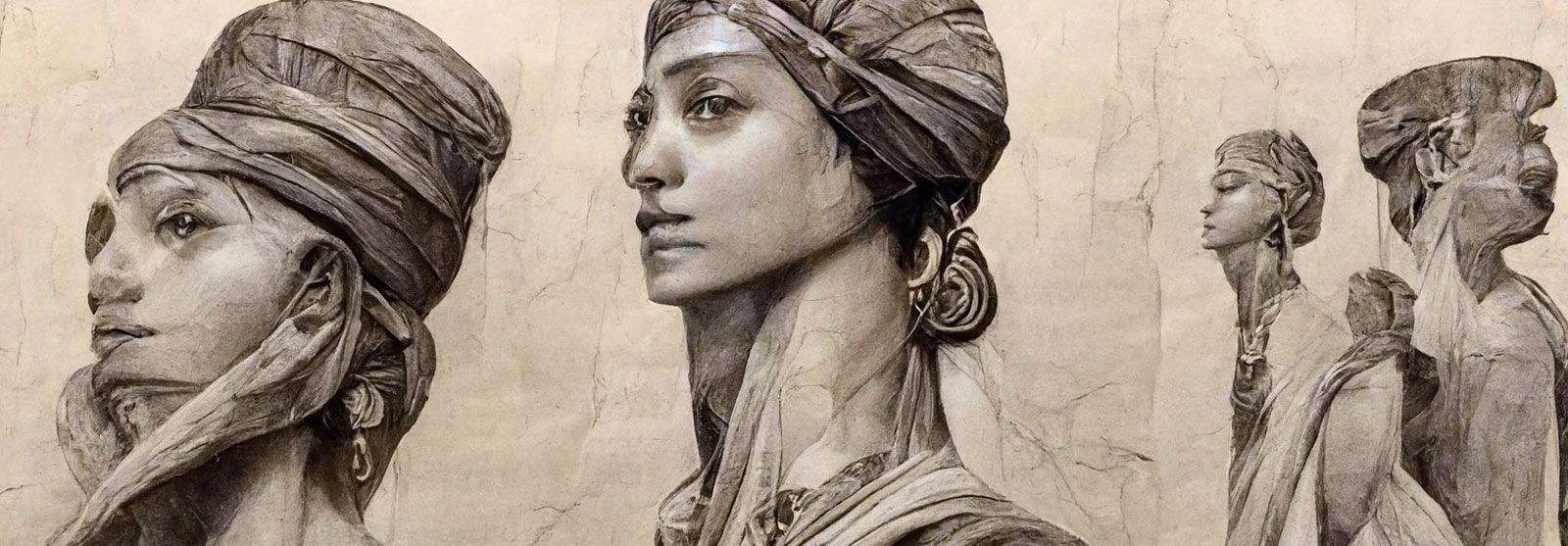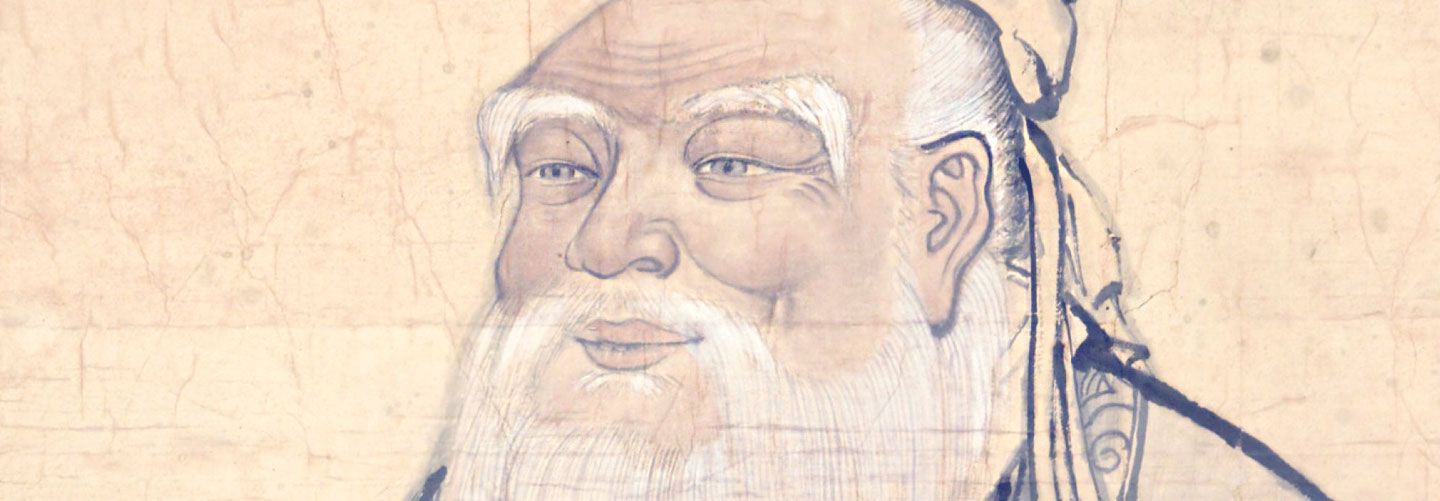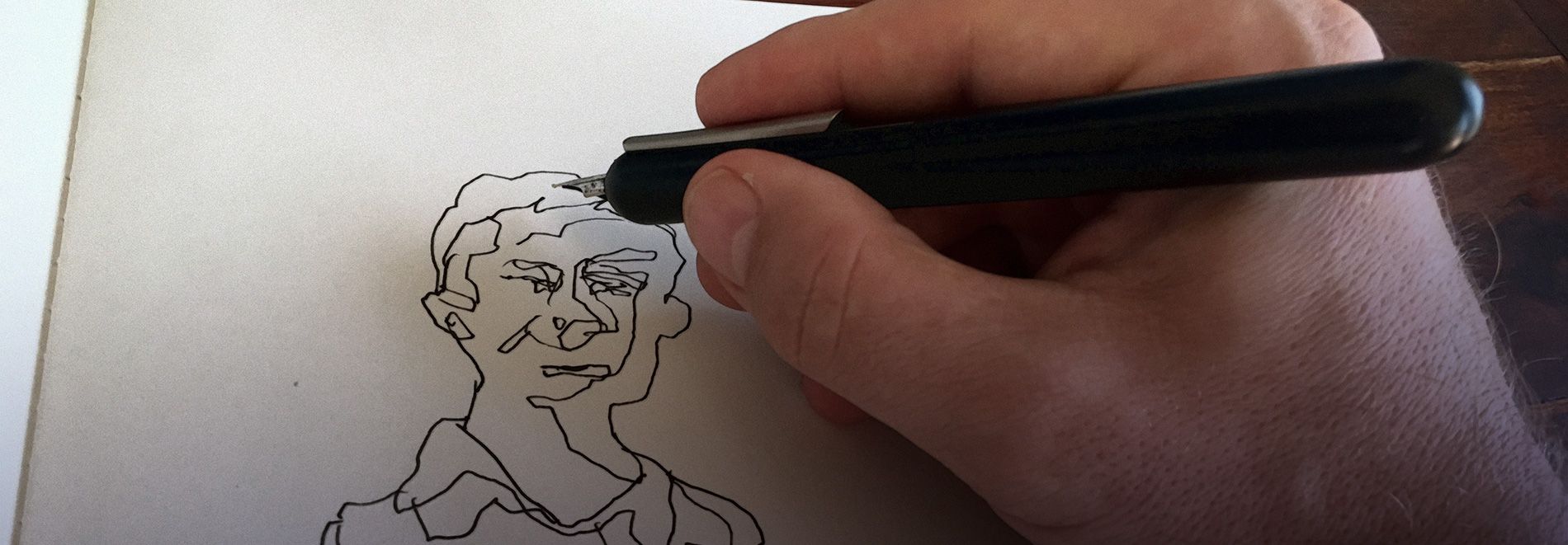Before I start ranting about how much I hate stock photography, let me say this: I love stock photography.
In many cases, the online availability of stock photography has given digital designers a solution in moments of despair, when projects were facing termination because of the lack of useful images.
Businessmen in suits shaking hands, a world globe with circumnavigating envelopes, multi-cultural kids in bright colored sweaters laughing about nothing in particular, a woman holding a bowl of salad, a person doing yoga at work… on his desk. Some of these images are so unreal and bizarre they seem like visions from a parallel universe. We’ve all seen them so many times, and there’s nothing we can do about it. Stock images are everywhere nowadays. You can do a random Google image query and you will notice that in many cases half of the resulting images are links to stock imagery.
Where traditional advertising usually opts for real photography, digital advertising works with much smaller budgets and photo shoots or professional photographers are simply too expensive.
When designing Facebook ads, for example – or anything really – you might arrive to that point where the client, who promised you an abundance of files at the start: “oh we have so many pictures,” suddenly shifts to: “can’t you grab some images from the internet instead?”
In such a case the designer is left with a small number of possibilities to find alternative images.
- Use photographs downloaded from Google Image Search.
- Take photos or use your own digital snapshots.
- Make illustrations or info-graphs.
- Download/buy stock photography.
Original (free) images are hard to find these days. Downloading from the Internet could work to a certain extent. The only draw-backs are that you would need to find:
- A high-resolution (set Google image search-tools-size to large) version depicting the particular object or situation you are looking for and
- You would like to check if the images you found are free of intellectual property or copyright. If you’re unsure whether an image is copyrighted, it’s best not to risk it. Read more on copyright permissions.
There are a couple of places where you can find copyright-free images from:
- Open Photo (although not much here I’m afraid)
- Flickr: Creative Commons (with the right licensing settings some images could be useful)
- Creative Commons Search (very useful to search all the above sites with the “I want something that I can… a. use for commercial purposes; b. modify, adapt, or build upon” filter turned on)
Finding images straight from the Internet can be quite a cumbersome occupation for all the reasons mentioned above.
If you are an avid snapshot taker, taking the photos yourself might be an excellent solution. The main constraint here is time. You need the time to go out and take the actual snapshots and of course, you need to possess a skillful eye for taking good pictures, preferably without a random Instagram filter. Apps like EyeEm, with their large community and online marketplace, and initiatives like the iPhonephotographyschool.com are great places for mobile photographers to learn and sell their images.
Crafting your own illustration or info-graph is a good creative option. Drawing a beautiful, unique, cool, and relevant illustration is again a time-consuming effort and it needs to fit the needs and wishes of the client or brand. Stock vectors can be a help to reduce time. There are numerous free and payable vector sites around.
So what makes stock photography so unpopular? I believe that objectively there’s nothing wrong with the actual images, although some of them are pretty cheesy clichés, most of them are professionally taken. It is just a databank of footage for all possible kinds of use. The real problem is the way the files are used. Too often they are downloaded and used in their original form in blogs, articles, newsletters, corporate annual reports, and brochures. Untouched, as if they were a form of advanced clip art. In this case, they will undoubtedly raise brows of recognition or déja-vu.
Of course, at the agency (pinkentropy.ae) we too use stock photography on a daily basis for our social media ads. It’s a fairly inexpensive and immediate way of finding footage, vectors, and/or illustrations, but we rarely use them in their integral, untouched form. We crop out elements or layer them in a composite file. Heavily Photoshopped or entirely altered, flipped, stamped, and mashed up in such a way they fit into the design of the project or brand. Such a composite image blends all the elements into one original, unique piece of artwork, after all coming up with original content is always the better solution.
A handy tool to check how many times the picture has been used before, or to see if some of the visual elements are still recognizable, is the reverse image search engine TinyEye.
It’s always a challenge to come up with the “aha” ad that makes you say “aha… this is cool!” All the images that can get you to that final result are good, as long as they follow the conditions we mentioned earlier. Humor helps a lot, but is not always appropriate and we have to come up with it pretty fast, without too many iterations. Time flies, especially in social media.
Related articles
April 23, 2022
Autonomy on the edge of realism
January 3, 2017
The Eastern Creative Process
This article was originally written for Pink Entropy’s blog section called the Pink Tank.


